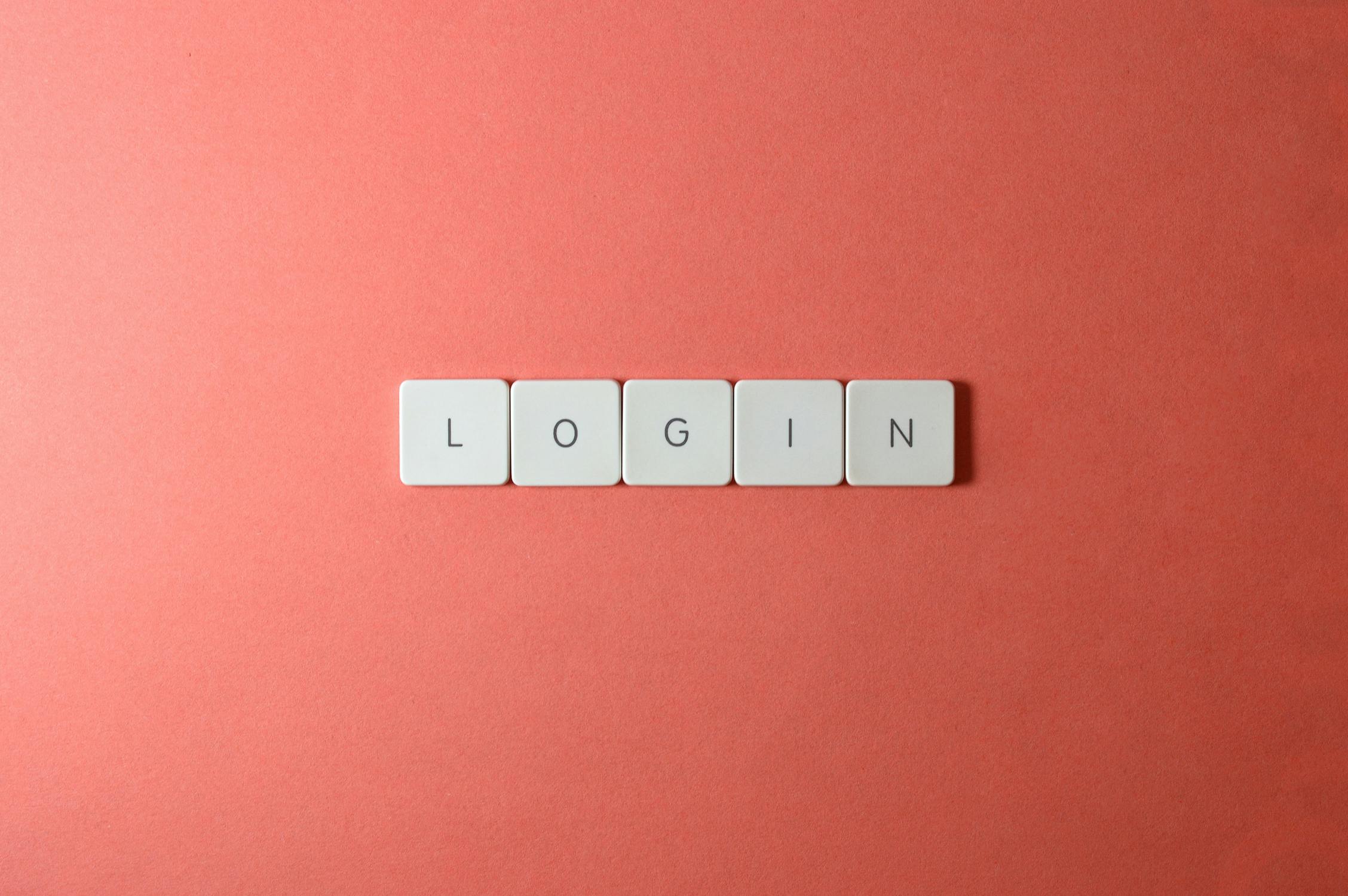The Importance of Two-Factor Authentication and How to Implement It

Two-factor authentication (2FA) has become a vital security measure for protecting online accounts from unauthorized access. With cyber threats on the rise, relying solely on passwords is no longer sufficient. 2FA adds an extra layer of security by requiring a second form of verification in addition to the password. This significantly reduces the risk of cyberattacks and data breaches, making it harder for attackers to gain unauthorized access.
Understanding Two-Factor Authentication
Two-factor authentication involves two distinct forms of identification: something you know (like a password) and something you have (like a smartphone). When logging into an account, users must provide both pieces of information. This approach ensures that even if one factor (e.g., the password) is compromised, the attacker cannot access the account without the second factor.
There are several types of 2FA methods, including:
- SMS-based authentication: A code is sent to the user's mobile phone via text message.
- App-based authentication: An app such as Google Authenticator generates a time-sensitive code.
- Email-based authentication: A code is sent to the user's email address.
- Hardware tokens: Physical devices that generate codes or connect to the device being authenticated.
Each method has its own strengths and weaknesses. For example, SMS-based authentication is convenient but can be vulnerable to SIM swapping attacks, whereas app-based authentication provides a more secure alternative but requires installing an additional app.
The Importance of Two-Factor Authentication
Two-factor authentication offers several key benefits:
- Enhanced Security: Adding a second layer of security makes it significantly harder for attackers to gain unauthorized access.
- Reduced Risk of Phishing: Even if a user falls victim to a phishing attack and reveals their password, the second factor can still prevent unauthorized access.
- Compliance with Regulations: Many industries have regulations that require enhanced security measures like 2FA to protect sensitive data.
A study by Microsoft found that enabling 2FA can block up to 99.9% of automated attacks (Microsoft). This demonstrates its effectiveness in providing robust security for online accounts.
Implementing Two-Factor Authentication
Implementing 2FA varies depending on the platform or service being used. Here’s a general guide to enable 2FA on common platforms:
- Select a 2FA Method: Choose from SMS-based, app-based, or hardware tokens based on your preference and security needs.
- Access Account Settings: Navigate to the security or account settings section of the platform you wish to secure.
- Enable 2FA: Look for an option to enable two-factor authentication and follow the instructions provided.
- Verify Your Identity: You may be asked to verify your identity through your chosen 2FA method during setup.
- Save Backup Codes: Many services provide backup codes in case you lose access to your primary 2FA method. Store these codes securely.
A Comparison of Different 2FA Methods
| Method | Pros | Cons |
|---|---|---|
| SMS-based | - Easy to use- No additional app needed | - Vulnerable to SIM swapping- Dependent on mobile signal |
| App-based | - More secure than SMS- Works without mobile signal | - Requires app installation- Can be inconvenient if phone is lost |
| Email-based | - Easy setup- Accessible from any device with email access | - Email account can be compromised- May delay receiving codes |
| Hardware tokens | - Highly secure- Not dependent on internet or mobile signals | - Can be lost or stolen- Additional cost involved |
Sustaining Security with Regular Updates and Best Practices
Sustaining strong security practices goes beyond just enabling 2FA. It requires regular updates and adherence to best practices. Here are some key recommendations:
- Regularly Update Software: Keep your devices and applications updated with the latest security patches.
- Avoid Reusing Passwords: Use unique passwords for different accounts to minimize risk in case one password is compromised.
- Aware of Phishing Scams: Be cautious of suspicious emails or messages that ask for personal information or login credentials.
A report by Verizon highlights that phishing remains one of the top causes of data breaches (Verizon). Combining 2FA with vigilant online practices helps mitigate such risks effectively.
The Future of Two-Factor Authentication
The future of two-factor authentication looks promising as technology continues to advance. Innovations like biometric verification (fingerprints, facial recognition) are becoming more mainstream, providing even stronger security options. Additionally, adaptive authentication methods that analyze user behavior and context could offer more seamless yet secure experiences.
The push towards universal adoption of 2FA across various sectors indicates its critical role in safeguarding digital identities. As more individuals and organizations recognize its value, we can expect broader implementation and continual improvements in user experience and security features.
The use of two-factor authentication represents a significant step towards enhancing online security. By understanding its importance and implementing it effectively, individuals and organizations can protect sensitive information from potential threats. While no system is entirely foolproof, combining 2FA with vigilant online practices creates a formidable defense against cyberattacks. Embracing these measures ensures a safer digital environment for everyone involved.